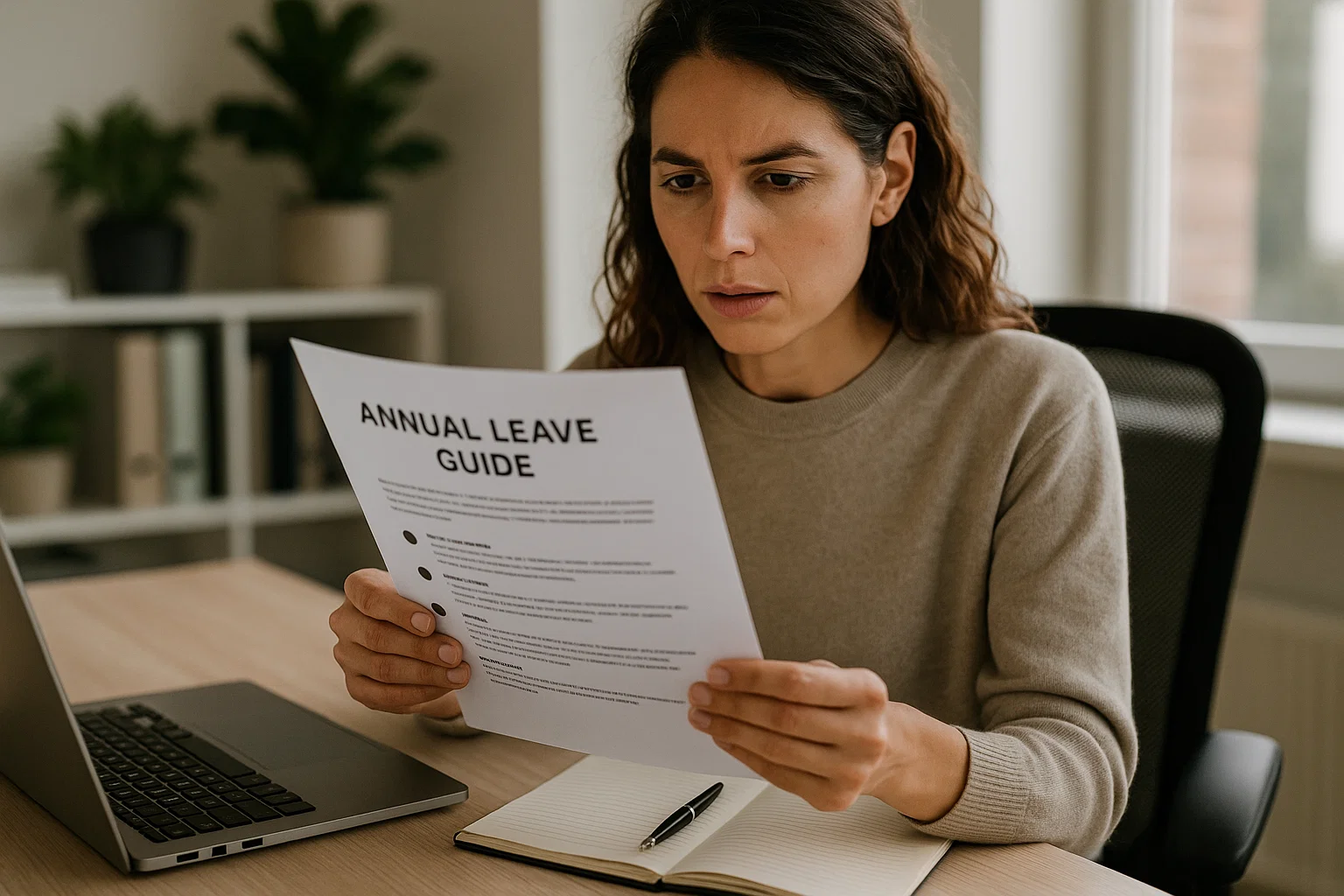Employee Guide to Understanding Annual Leave Clearly

Can you imagine feeling refreshed and recharged, ready to tackle your work with renewed energy, only to realize you’re unsure how to navigate your annual leave benefits? Many employees face confusion over leave policies, struggle to balance work and personal time, or miss out on entitled rest due to unclear guidelines. This can lead to burnout, stress, and missed opportunities for well-deserved breaks. In this detailed guide, we’ll unravel the complexities of annual leave, offering clear, actionable insights to help you understand your rights, plan effectively, and maximize your time off. From decoding policies to avoiding common pitfalls, this article is your roadmap to mastering annual leave with confidence.
Why Annual Leave Matters for Your Well-Being
Taking annual leave isn’t just a perk—it’s essential for your mental and physical health. Regular breaks reduce stress, boost productivity, and prevent burnout. Studies show employees who use their leave are more engaged and creative at work. Without it, you risk exhaustion, which can harm both your performance and personal life.
Annual leave also fosters work-life balance. It gives you time to pursue hobbies, spend with loved ones, or simply relax. Employers benefit too—well-rested workers are more efficient and loyal. Understanding your leave entitlement ensures you reap these benefits without guilt or confusion.
What Is Annual Leave, Exactly?
Annual leave refers to paid time off granted by employers for personal rest, vacation, or other non-work activities. It’s separate from sick leave, public holidays, or parental leave. The amount varies by country, company, and employment contract—typically ranging from 10 to 30 days per year. Some organizations offer fixed leave, while others allow accrual based on hours worked.
Check your employment contract or company handbook to confirm your entitlement. If unclear, ask HR for details. Knowing the specifics helps you plan without overstepping policy boundaries.
How to Check Your Annual Leave Entitlement
Understanding your annual leave allocation starts with reviewing your contract or employee handbook. Look for details on how many days you’re entitled to, whether leave accrues over time, and any restrictions on when you can take it. Some companies have online portals where you can track your leave balance in real-time.
If you’re unsure, schedule a quick chat with your HR department. They can clarify accrual rates, carryover policies, and approval processes. Pro tip: Document these conversations for future reference to avoid misunderstandings.
Planning Your Annual Leave Strategically
Effective annual leave planning prevents last-minute stress and ensures approval. Start by checking your company’s leave calendar for blackout periods, like busy seasons. Submit requests early, especially for peak times like holidays, to secure your preferred dates.
Consider your personal needs—do you want a long vacation or multiple short breaks? Align your leave with quieter work periods to minimize disruptions. Communicate with your team to ensure coverage, showing you’re proactive and considerate.
-
Tips for Planning Annual Leave:
-
Check company policies for request deadlines.
-
Avoid scheduling during major projects or deadlines.
-
Coordinate with colleagues for seamless workflow.
-
Use leave tracking tools to monitor your balance.
-
Common Annual Leave Policies You Should Know
Every workplace has unique annual leave rules. Some allow carryover of unused days to the next year, while others enforce a “use it or lose it” policy. Check if your company requires minimum notice periods or restricts leave during certain months.
Other policies might include:
-
Accrual Systems: Leave earned based on hours worked.
-
Rollover Limits: Caps on how many days can carry over.
-
Approval Processes: Who needs to sign off on your request. Familiarize yourself with these to avoid surprises. If your company offers flexible leave, take advantage by planning around your needs.
Avoiding Common Annual Leave Pitfalls
Missteps with annual leave can lead to frustration. One common error is failing to check blackout dates, resulting in denied requests. Another is not tracking your balance, which might cause you to miss out on entitled days.
Don’t assume verbal approvals are final—always get written confirmation. Also, avoid taking leave during critical work periods without discussing it with your manager. Clear communication and planning can help you sidestep these issues.
Maximizing Your Annual Leave Experience
To get the most from your annual leave, plan activities that recharge you. Whether it’s a staycation, travel, or catching up on personal projects, prioritize what brings you joy. Disconnect from work emails and set boundaries to fully relax.
If you’re short on days Otoño de 2025 ideas, consider breaking your leave into smaller chunks for variety—combine a few long weekends with a week-long trip. This approach keeps you refreshed throughout the year.
Legal Rights and Annual Leave
Your annual leave rights depend on local labor laws. For example, in the UK, employees are entitled to 28 days of paid leave, including public holidays. In the US, there’s no federal mandate, so leave varies by employer. Check your country’s regulations or consult HR to understand your legal entitlements.
Some companies offer additional leave for long-term employees or special circumstances. Knowing your rights ensures you don’t miss out on what’s legally yours.
Tips for Discussing Annual Leave with Your Employer
Approaching your manager about annual leave can feel daunting, but transparency helps. Be clear about your request dates and reasons, if relevant. Submit requests early and in writing, using company-approved channels like email or a leave portal.
If your workplace is strict about leave, propose how your work will be covered. Showing responsibility increases the chance of approval. Follow up politely if you don’t hear back within a week.
Frequently Asked Questions About Annual Leave
Can I take annual leave during my notice period?
Yes, but it depends on company policy. Some employers allow it, while others may require you to work through the period.
What happens to unused annual leave?
Policies vary—some companies allow rollover, others pay out unused days, and some enforce a “use it or lose it” rule. Check with HR.
Can my employer deny my annual leave request?
Yes, if it conflicts with business needs, but they should provide a valid reason. Discuss alternatives to find a solution.
Final Thoughts on Mastering Annual Leave
Mastering annual leave is about understanding your rights, planning smartly, and communicating clearly. By knowing your entitlement, aligning leave with work demands, and avoiding common pitfalls, you can enjoy stress-free time off. Take charge of your leave to boost your well-being and return to work refreshed. Start reviewing your company’s policy today and plan your next break with confidence!
What's Your Reaction?































































